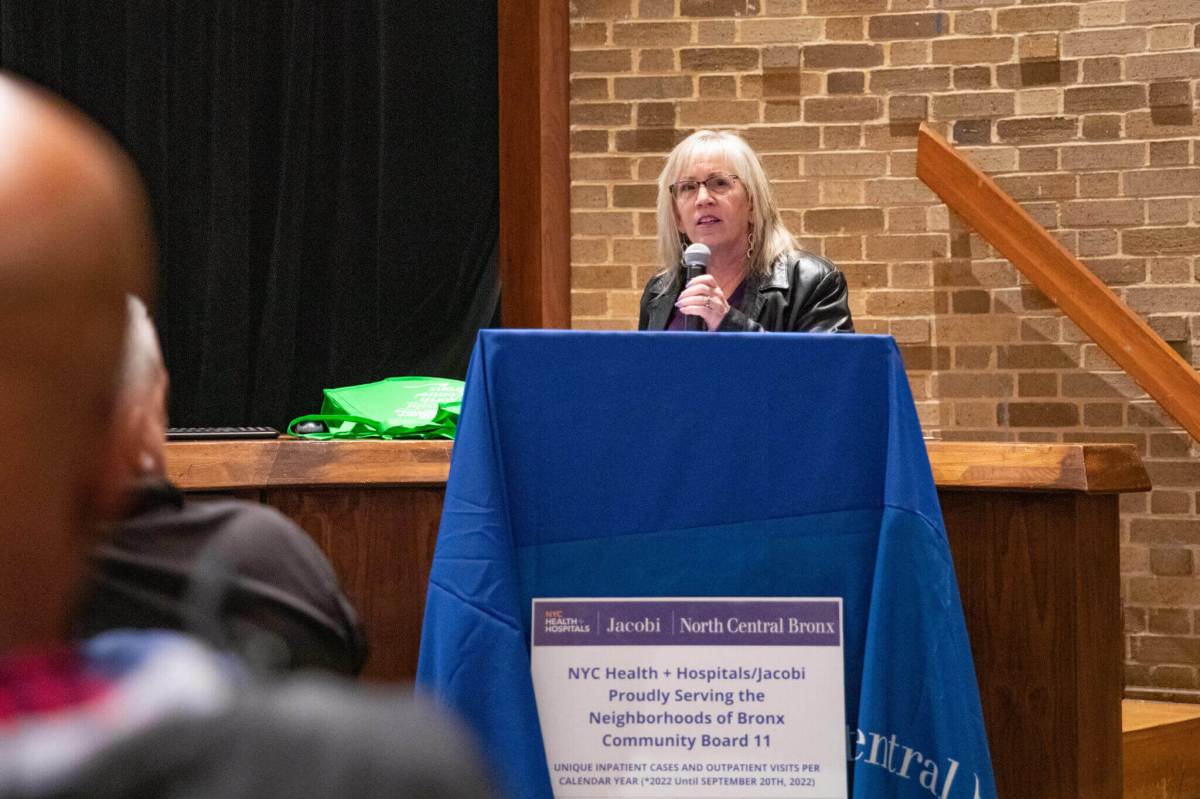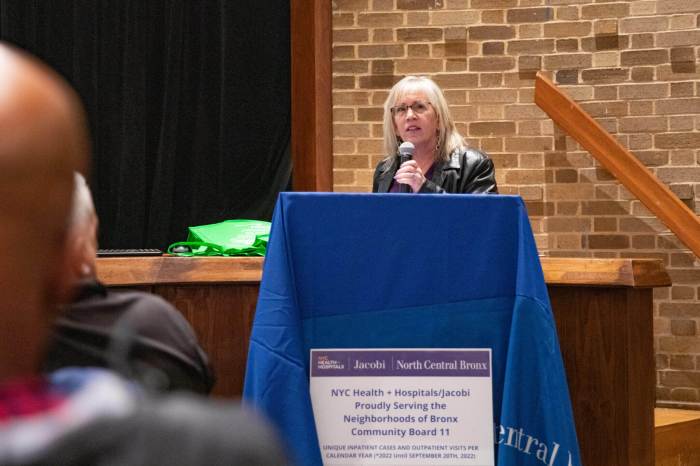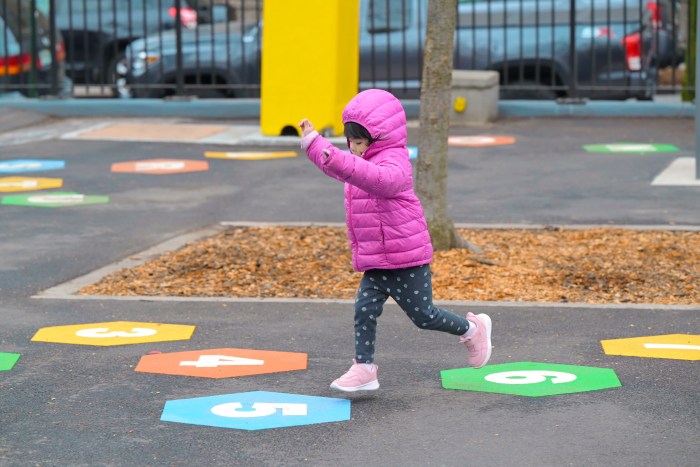
On Ward’s Island sits the city’s largest urban farm — an acre-plus plot of land where 8,000 pounds of vegetables, herbs and fruit are harvested each year.
The farm grows a bounty of produce — Chinese mugwort herbs, pea shoots, apples, apricots and cherries — that would be familiar to shoppers both in Manhattan markets catering to the city’s wealthy and those serving the working class.
Although the expensive apartment towers are in clear view across the East River, those residents likely will never taste this farm’s fare. The 50 varieties of produce grown at the nonprofit farm are headed to other places where New Yorkers live: homeless shelters and some of the poorest neighborhoods in the five boroughs at low-cost farmers markets.
“It is fantastic that we can turn this island into a farm and feed people,” said Danny Farrell, vice president of programs at HELP USA, a national nonprofit that operates the farm and also manages shelters and affordable housing developments across the city.
Profits from the farmers markets are invested in the farm.
HELP USA started the farm in 2012 in a partnership with two Manhattan nonprofits, Active Citizens Project, which finds abandoned city lots to farm and recruits surrounding residents to help grow the food, and Project Eats, which focuses on training people how to farm.
The long-term goal, said Charlie Wirene, of Active Citizens Project, is “to help communities reconsider the resources that surround them.”
It’s also healthier, said Chef Danny Maguire, 50, who runs HELP USA’s shelter kitchen.
“Farm food to the table is the best way to eat,” said Maguire, adding that three meals are prepared daily at the shelter for homeless residents and an eight-week culinary arts training program is offered. “We don’t have to wait for a vendor to deliver the produce which can take days and is not as fresh as what we get from the farm.”
Shannon Chism, 29, a diabetic who lives at the shelter, said the farm’s produce is a welcome break from the processed food often found at kitchens serving the city’s homeless population.
“I can’t eat a lot of the food in shelters that come in those aluminum containers that you heat in a microwave,” said Chism, who recently completed a security guard job training program and has gone on several interviews. “The food here is a lot better. There are soups and different vegetables. It’s more satisfying and gives me energy.”
The farm will soon install rainwater tanks to collect water needed to irrigate the farm and make it less dependent on city water, said Andrew Casner, regional farm manager of Project Eats, which also runs a greenhouse there.
At the Frederick Douglass Houses at 101st Street and Amsterdam Avenue on Manhattan’s Upper West Side, residents teamed with Active Citizens Project to start a community garden on an abandoned tennis court. At Thomas Jefferson High School in Brownsville, Brooklyn, the group started an agricultural training program, Wirene said.
Washing and weighing scarlet turnips to sell at local farmers market, Kadeesha Williams, 26, of Project Eats, said that even though she grew up in the South Bronx, farming is part of her heritage.
She said both of her parents are musicians who moved to New York from South Carolina.
“My father was a vegetable farmer so we grew a garden both in our yard and in community gardens. I am also an artist and I like this combination of art and farming. It’s a lifestyle.”

















